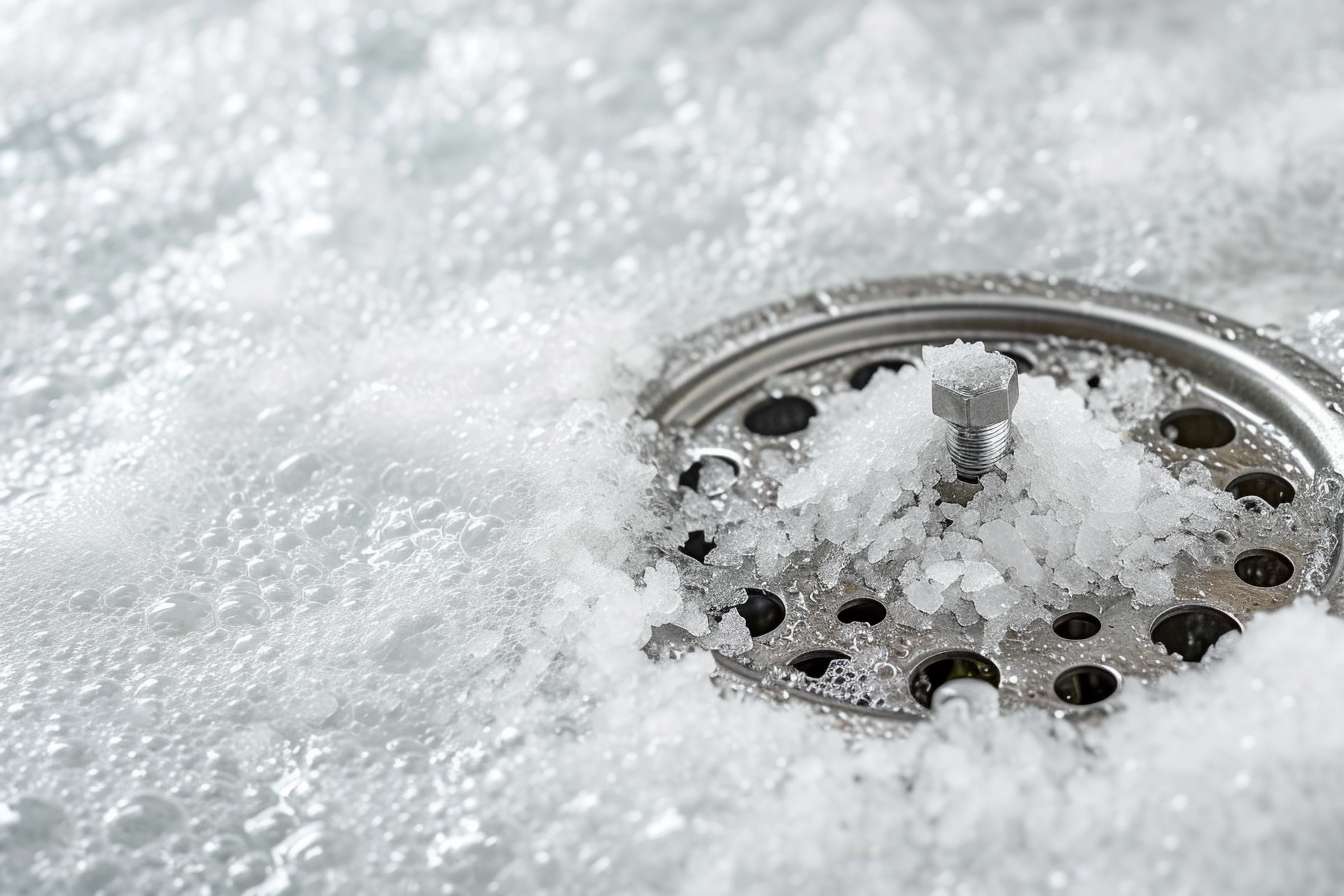Towel Types, Materials, Uses, and Care
A towel is a simple textile with a wide range of daily uses, from drying after a shower to wiping surfaces and cleaning up spills. Understanding the differences in materials, sizes, and construction helps you choose towels that meet comfort, absorbency, and durability needs. This article explains common towel types, compares cotton and microfiber options, describes bath and hand towel functions, and offers practical care tips to extend a towel’s useful life.

What is a towel and common uses?
A towel is a fabric designed primarily for absorbing moisture. Towels can be woven, knitted, or made from blended fibers and are tailored for specific tasks: bath towels absorb water after bathing, hand towels are sized for drying hands, and smaller towels or cloths handle face care, cleaning, or sports. Towels are used at home, in gyms, salons, and many commercial settings. Construction details such as pile height, loop density, and edge finishing influence softness and absorbency. Choosing the right towel depends on intended use and personal preference for texture and quick-drying performance.
How do cotton towels compare?
Cotton towels are a common choice because cotton fibers naturally absorb water and feel soft against skin. Varieties include combed cotton, ring-spun cotton, and long-staple cotton; longer fibers generally provide smoother, more durable yarns. Cotton towels tend to be breathable and comfortable for bath use and often improve in softness after a few washes. They can vary in weight (measured in grams per square metre), affecting plushness and drying speed. Cotton is biodegradable and widely available, but purely cotton towels may take longer to dry than some synthetic blends, which can influence mildew risk in humid environments.
When to choose a bath towel?
A bath towel is sized and constructed for drying the body after showers or baths. Standard bath towels typically measure around 27–30 inches by 52–58 inches, with bath sheets offering larger coverage. When choosing a bath towel, consider absorbency (often related to fabric weight and pile), softness, and drying time. Heavier, thicker towels feel luxurious and absorb a lot, but they may take longer to dry. Lighter towels dry quicker and are better for frequent laundering or travel. Look for durable edge stitching and consider how often you’ll launder towels when selecting fabric weight.
What to know about hand towel sizes and uses?
Hand towels are smaller than bath towels and are intended for drying hands in bathrooms or kitchens. Typical hand towel dimensions range from about 16 by 28 inches to 18 by 30 inches. Hand towels are often used more frequently than bath towels, so quick-drying fabrics help reduce odor and bacterial growth. Design and weave matter: ribbed or waffle weaves can increase surface area and speed evaporation, while terry weaves offer plush absorbency. Consider placement (bathroom, guest area, or kitchen) and whether decorative elements like embroidery will affect laundering and longevity.
Are microfiber towels right for specific tasks?
Microfiber towels are made from extremely fine synthetic fibers—usually polyester and polyamide blends—that provide high absorbency relative to weight and a soft, lint-free finish. They excel at cleaning, polishing, and quick-drying uses because their structure traps oils and fine particles without abrasive action. Microfiber can outperform natural fibers for streak-free glass cleaning and as a lightweight option for travel or athletic use. However, microfiber is petroleum-based, so environmental disposal differs from natural fibers, and it can attract lint from some materials. For body drying, some users prefer natural fibers for feel, while microfiber remains popular for sports and cleaning tasks.
Care and maintenance tips for towels
Proper care extends a towel’s life and performance. Wash new towels before first use to improve absorbency. Use moderate detergent amounts and avoid fabric softeners regularly, as softeners can leave residues that reduce absorbency over time. Wash towels in warm water for effective cleaning; occasionally use hot water and a full cleanse cycle for heavily soiled items. Dry towels thoroughly—tumble drying helps fluff cotton fibers, while line drying conserves energy but can leave towels feeling stiffer. Remove lint by washing new towels separately the first few times. Inspect edges and hems periodically; prompt repairs prevent further unraveling.
Conclusion
Towels serve many practical roles, and choosing the right material and construction depends on how you plan to use them. Cotton remains a popular option for comfort and absorbency, while microfiber offers lightweight, fast-drying utility for cleaning and travel. Consider towel size, weave, and weight in relation to drying needs and laundering habits, and follow simple care steps to maintain performance and longevity. With a basic understanding of towel types and care, you can match functionality to daily needs and keep towels useful and clean for longer.






